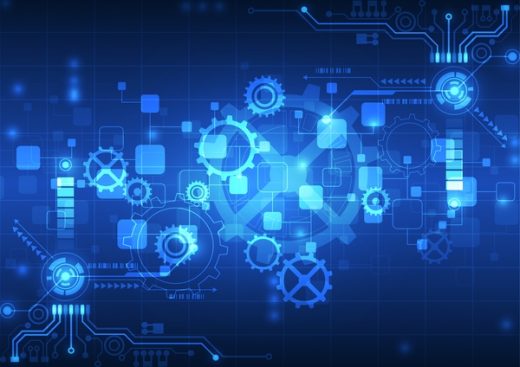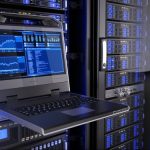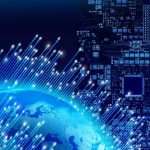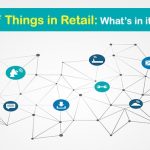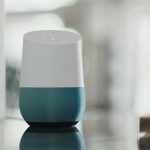4 ways that AI is enabling today’s IoT revolution
4 ways that AI is enabling today’s IoT revolution
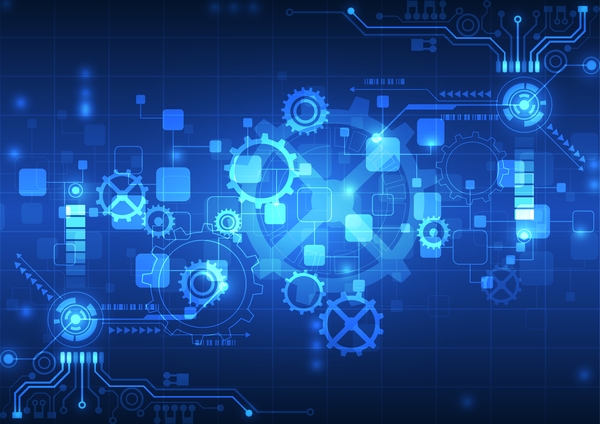
Long past the buzzword stage, both AI & IoT have surged to the forefront of corporate consciousness. But what do the two acronyms have to do with one another practically?
For a chance to discuss AI and IoT in person, get your IoT Revolution Symposium ticket
In a presentation tonight hosted by Western Digital in partnership with ReadWrite, Accenture Managing Director Tom Stuermer took on that exact topic.
Here are 4 key highlights from his presentation:
#1. Leaders believe IoT is going to be essential, but don’t have a strategy
A huge percentage of executives – 95% surveyed – expect their companies to use IoT within the next 3 years, but while nearly 3 quarters of them are “exploring” the space, only 7% have a comprehensive IoT strategy.
#2. The data created by connected devices creates immense opportunities, but huge complexity
The gap between perceived importance and practical strategy could come quickly to haunt the group as consumer and commercial use of connected devices surges. Analysts expect 50B devices, 212b sensors, 6.1b app users and 31 Exobytes of mobile data per month by 2020.
Part of the reason for that surge in data is that, in the new era, everyday physical objects are becoming uniquely identifiable. This allows information and data from one device and one context to effortlessly move to another. If (and only if) there is the right plumbing and piping to get it there. Increasingly, this falls outside traditional human and even traditional computing capacity. Enter AI.
#3. AI is the enabler of IoT that makes that data useful
Artificial intelligence is the perfect system for “sensing, comprehending and acting” to take the data from one connected device to another, opening up unique capacities.
While it’s early days, there are still many examples of companies already using AI & IoT to change their operations. Uber started leveraging AI to match drivers and passengers but has continuously evolved its technology to better recognize consumer behaviors and prepare for the autonomous driving era. Siemens, meanwhile, used AI & IoT to automate production lines, giving them the capability to run unsupervised for weeks, self-organizing to improve a process.
#4. To leverage AI to take advantage of IoT demands new training systems
In this context, training means both training artificial intelligence to understand its job as well as to continuously improve its own process, as well as training humans to provide the right sorts of interventions, while still allowing AI to avoid human mistakes.
One of the most important tools in the training arsenal is crowdsourcing and distributed open-source processes.
Training around AI and IoT promises to be one of the most important areas of focus for corporate leaders and strategists in the years to come. For more on this topic, join us for IoT Revolution Symposium in San Francisco, CA on July 11th. AI is one of the many topics you’ll get explore as we bring together 400+ leading corporate execs, investors, founders, analysts and dealmakers in IoT.
The post 4 ways that AI is enabling today’s IoT revolution appeared first on ReadWrite.
(26)

